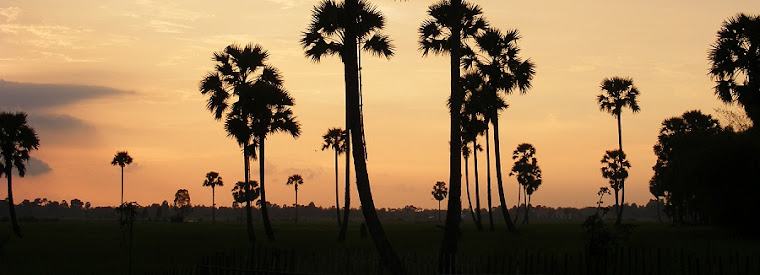I was recently doing one of those map things you find on
facebook where you fill in all of the countries you have visited and it highlights them on the globe. I still have
a lot of places to go, but what caught my attention is that I have lived in 5 different
countries on 4 continents! 5 might not sound like many, but for a 26 year old
who, until she was 21, never imagined leaving the Maritimes, it is a lot. (If
you are trying to do the math and it is not adding up, don’t forget I spent a
term in Finland during university.)
I often get the rather annoying question “what place do you
like more: A or B?” It is annoying because there is no way to give a
satisfactory answer. If I make a definite choice, people think I am lying to please
them, if I say there are things I like about both, it is a cop-out.
I’ve been in Zimbabwe a few weeks now, and soon people will
be asking me how it compares. Every place has its ups and downs to be sure, but
instead of comparing I’m going to give you a short intro to Zim by sharing some
of the things I am thankful for about my new place. The little things that, bit
by bit, are starting to make it feel like home.
 First of all, I love my apartment. It is one bedroom, but
the rooms are HUGE. The 10-foot ceilings and door handles at shoulder height
add to the effect. I’m on the 5th floor; a room with a great view. Added
bonus, the lift (installed in ’59) actually works. I love random decorative pillars
in the bedroom where I hang my hammock. I love the big windows. I love the
view.
First of all, I love my apartment. It is one bedroom, but
the rooms are HUGE. The 10-foot ceilings and door handles at shoulder height
add to the effect. I’m on the 5th floor; a room with a great view. Added
bonus, the lift (installed in ’59) actually works. I love random decorative pillars
in the bedroom where I hang my hammock. I love the big windows. I love the
view. |
| One section of the wardrobe devoted to my tailor-made dresses I've amassed over the years- most from Mozambique. |
KD made with real butter and milk feels like home. The KD is actually from home, but the butter and uht milk, and pretty much everything else I could want are available in one of many supermarkets walking distance from my place.
The MCC office is also just 10 mins walk from my house. The
city is impossible to get lost in. It is a grid and every avenue that runs
east-west is numbered sequentially starting from the north to the south end.
The streets are wide enough for an ox-cart team to make a 180-degree turn; even
though Bulawayo is the second biggest city in the country, it doesn’t feel too
crowded or congested.
 |
| Playing around with watercolour last Sunday… a mostly finished painting if Brier Island, Nova Scotia. |
Keke lives two floors below me and we go exploring the city together whenever we are free. We are each other’s mirror at the market and each other’s compass as we try to remember where that neat little Indian grocers was.
I love that there is a washing machine in Keke’s place and I
don’t have to wash anything by hand. After three years. Forget sliced bread,
washing machines are the best invention ever.
I love that Victoria Falls is less than 6 hours away by bus. Need I say more?
 |
| Impressive right? Or would be if you could actually see the falls. We got soaked with the spray. |
 |
| When I posted these pictures on Facebook someone pointed out that it looks a lot better without the hotels and casinos. Niagara is impressive, don't get me wrong, but this is something else. |
It took me a few weeks to find the right one, but I have found my soul-mate. One-person tea pots are hard to come by apparently. I've heard it gets cold in Bulawayo come May so I've gotten a head start on a cozy for her. It wasn't until I had my first proper pot of tea that I finally started to feel at home.














